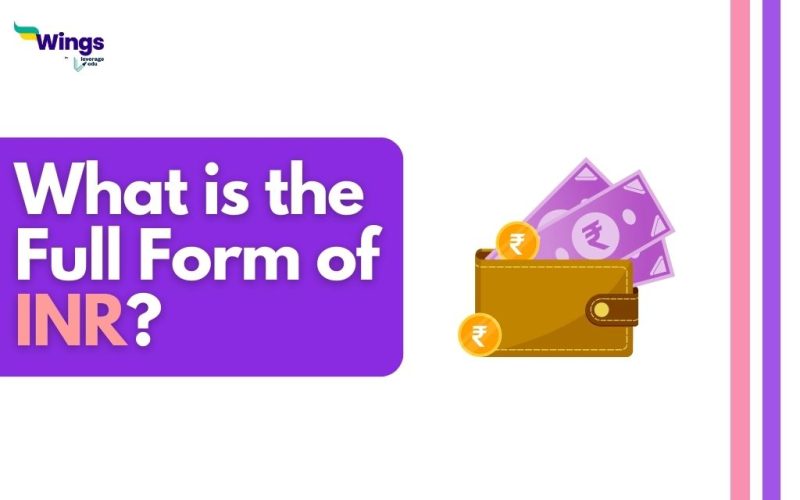INR full form is Indian Rupee. It is the official currency of the Republic of India. One Indian Rupee is a sum of 100 paise. The Indian currency was denoted as ‘Rs’ till 2010. However, in 2010, the Reserve Bank of India announced that INR should be used instead of ‘Rs’ and “₹” in official documents. One rupee coin is the lowest denomination in circulation in India.
Also Read: What is the Exchange Rate and Who Governs It?
INR Currency in Circulation in India
The Reserve Bank of India (RBI) issues the following coins and notes:
| COINS | NOTES |
| 1 Rs., 2 Rs., 5 Rs., 10 Rs. and 20 Rs. | 1 Rs., 5 Rs., 10 Rs., 20 Rs., 50 Rs., 100 Rs., 500 Rs. |
Importance of INR
The Indian Rupee (INR) holds vital importance for fulfilling the needs of every Indian and plays a crucial role in their everyday life. Additionally, it carries significant economic importance, which is mentioned below:
- The symbol of INR serves as the identity of Indian money in international transactions and reflects the strength of the Indian economy, representing the ethos of its financial system. Currency symbols also become a symbol of nationality and facilitate currency exchange processes.
- The adoption of the INR symbol aims to enhance the country’s economic growth. The Indian rupee has a historical reputation for being a strong financial entity, contributing to its significance in the global economy.
- The INR’s market value is influenced by the RBI rate on important occasions, while its rate depends on various factors of global trade, with SENSEX providing relevant information about it.
Also Read: Forex Market & Trading Concepts for Beginners
This was all about INR full form. Visit our Full Form Page to discover more intriguing articles about full forms. You can also check out the consolidated 300+ full forms list!
 One app for all your study abroad needs
One app for all your study abroad needs













